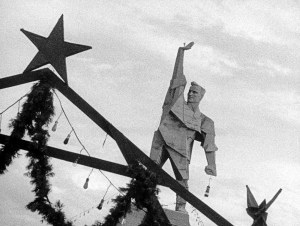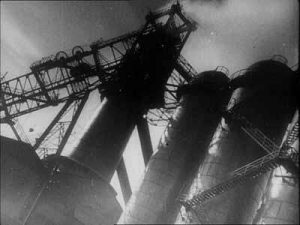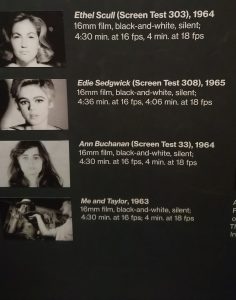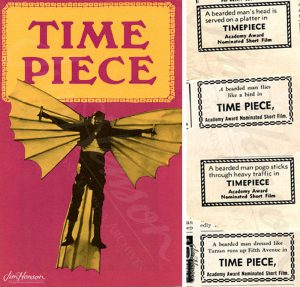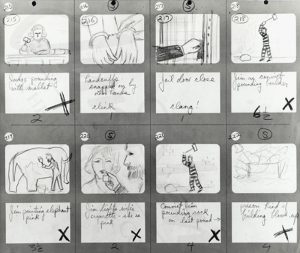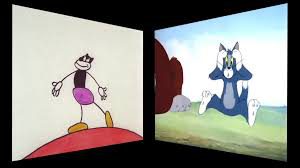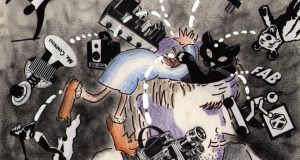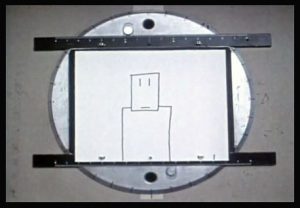Dasies is a 1966 Czechoslovak comedy-drama film written and directed by Věra Chytilová. Generally regarded as a milestone of the Nová Vlna movement. It follows two teenage girls (played by Jitka Cerhová and Ivana Karbanová), both named Marie, who engage in strange pranks.
I know the assignment was to go watch it at like a museum or a screening event but, we had a brief conversation about this film as a class and it sounded really interesting so I decided to watch it on Youtube.
according to wikipedia.com, “novatively filmed, and released two years before the Prague Spring, the film was labeled as “depicting the wanton” by the Czech authorities and banned. Director Chytilová was forbidden to work in her homeland until 1975.” This film is huge for the women empowerment movement in that it’s one of the first international films to be written, directed, and starred by women, which was unheard of at the time.
Throughout the film, the girls go on dates with various older men. In each scene, the girls cavort and eat lots of food while mocking their date, who is driven to the end of his patience, at which point the girls say that they are late for a train, and then ditch the man at the train station.
What resonated with me from the early stages of the film is the strong sibling dynamic these two girls have, very playful very in sync which gives it the real feel. When they go out to eat and the girl in the white dress eats like she never ate before is hilarious because she seems so out of place.
Throughout the film I get the vibe of a satire show on a late night, mostly because of the ridiculous scenes that appear along the film. the girls eventually go to a nightclub and cause a mini brawl. Marie II also goes to the apartment of a man who is a butterfly collector. In this scene, there are a lot of butterflies shown as still frames. The man repeatedly declares his love to Marie II, whom he calls Julie. At the end, she says that she wants to eat. In later scenes, the two girls lounge about in various rooms while listening to their suitors profess love for them over the phone.
While there is certainly an air of whimsy to this film, it is also made with serious themes – relative to both its origins, and to a much more far-reaching time and place. Daisies, and its creator, are major proponents of feminism; agendas clearly stated from the onset of the film. The Maries are frustrated with the labels imposed on them, being young attractive females. Remarking that society see them as “dolls,” they are forced to abide by these societal guidelines. They should not become scientists, they cannot be artists, they would never make it on their own; they must have fun while dating around, and quickly find a husband.
Constantly accosted with the knowledge that beauty and youth are fleeting , they are only told to have fun while they can, never to better themselves to ensure a brighter future. Any outburst from the duo is quickly recognized as improper: women are to speak gently and be polite, it is men who have large appetites and can speak brashly.



